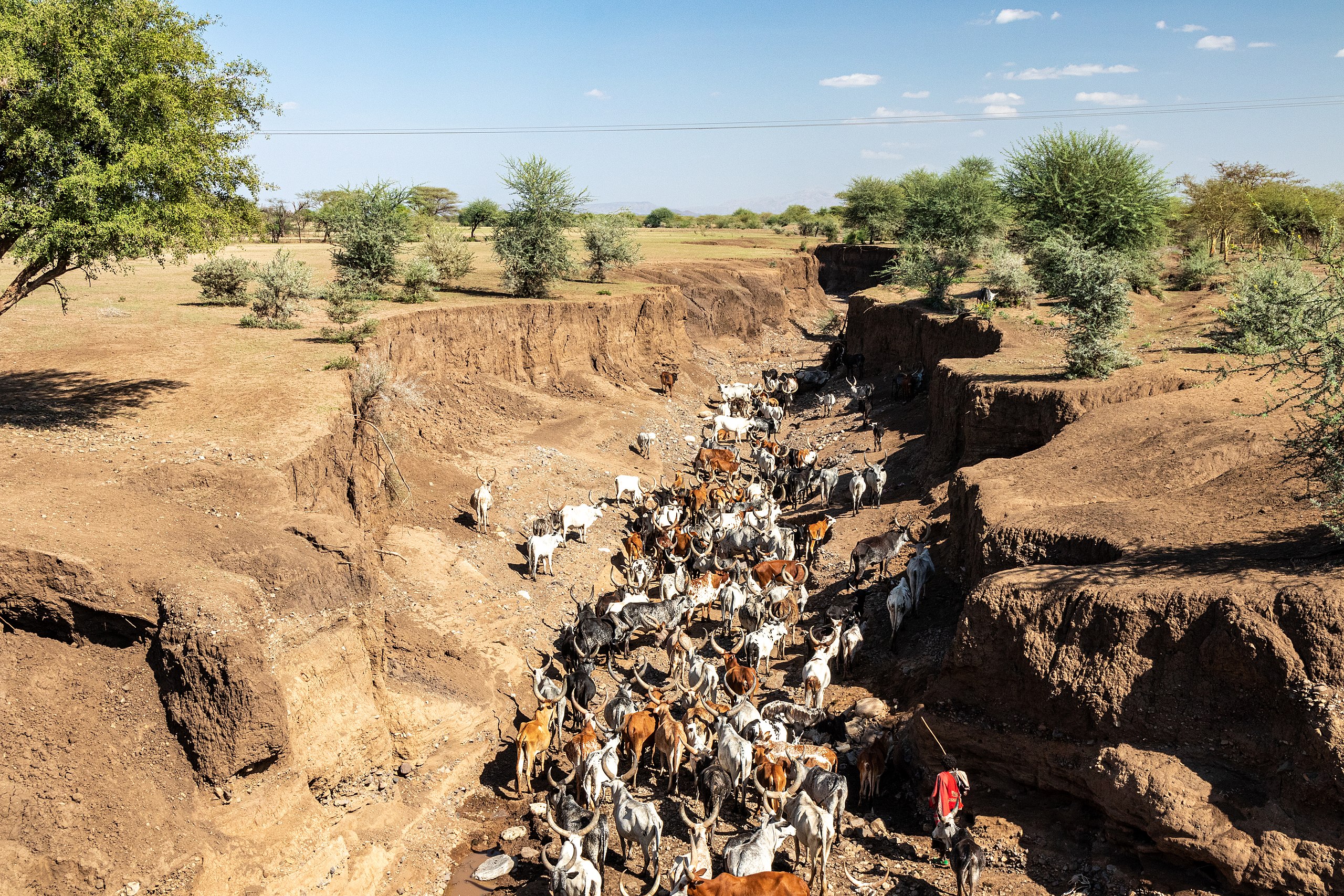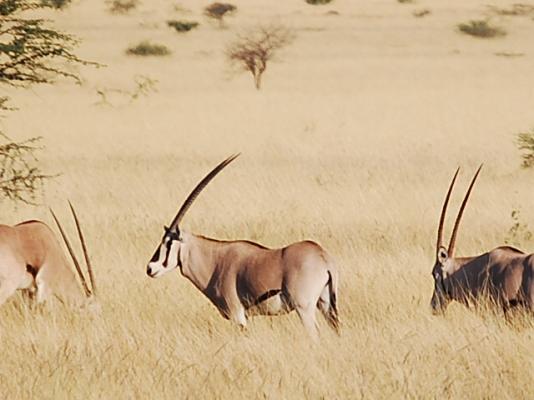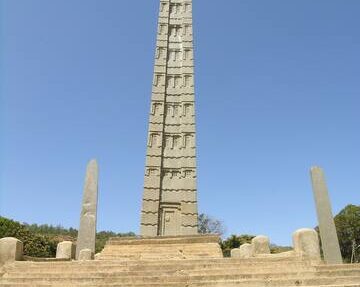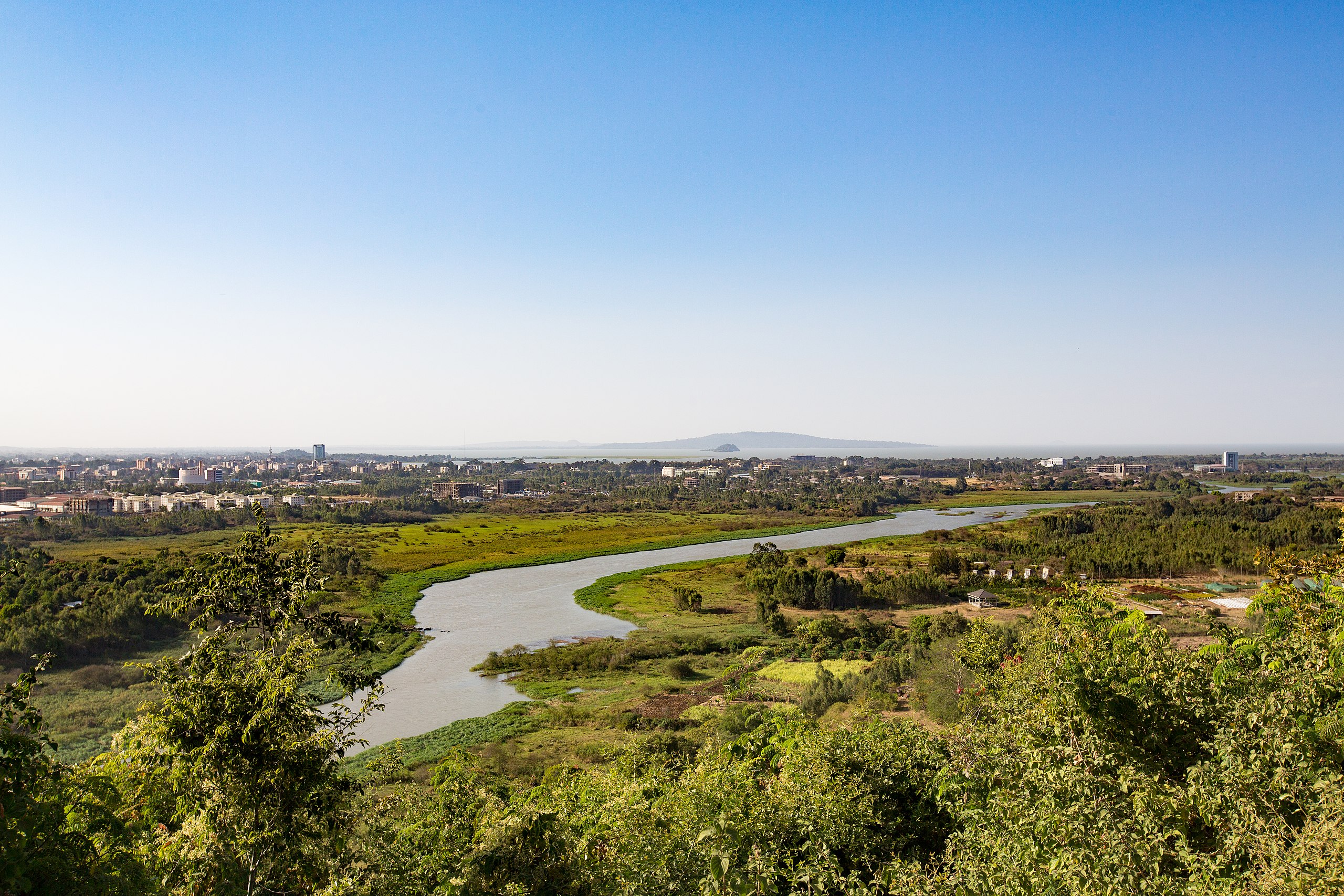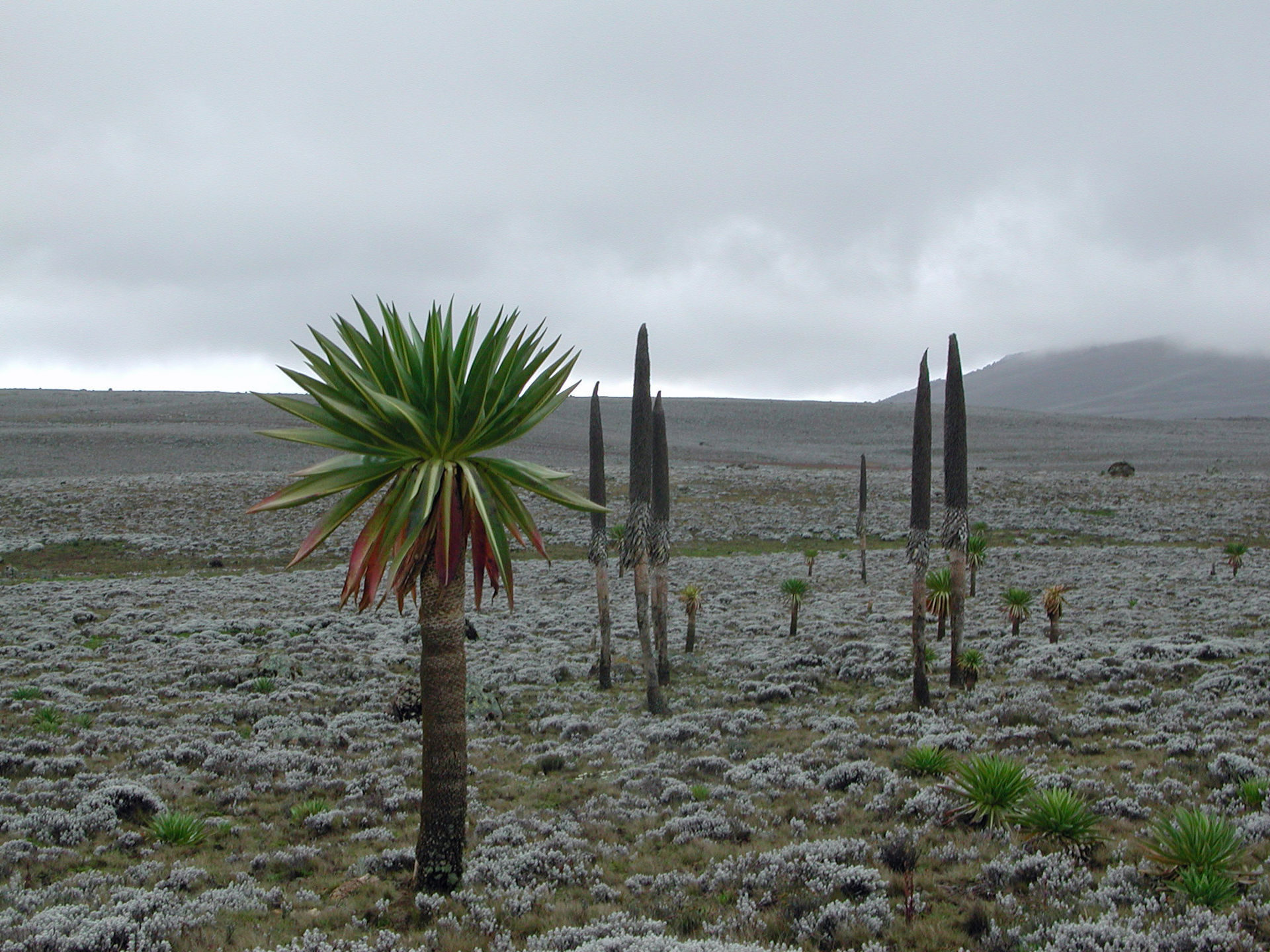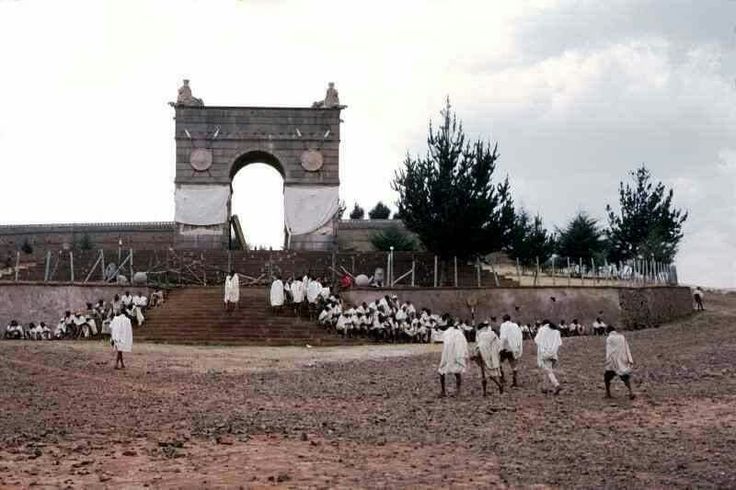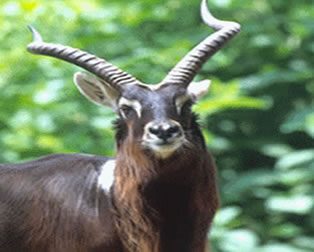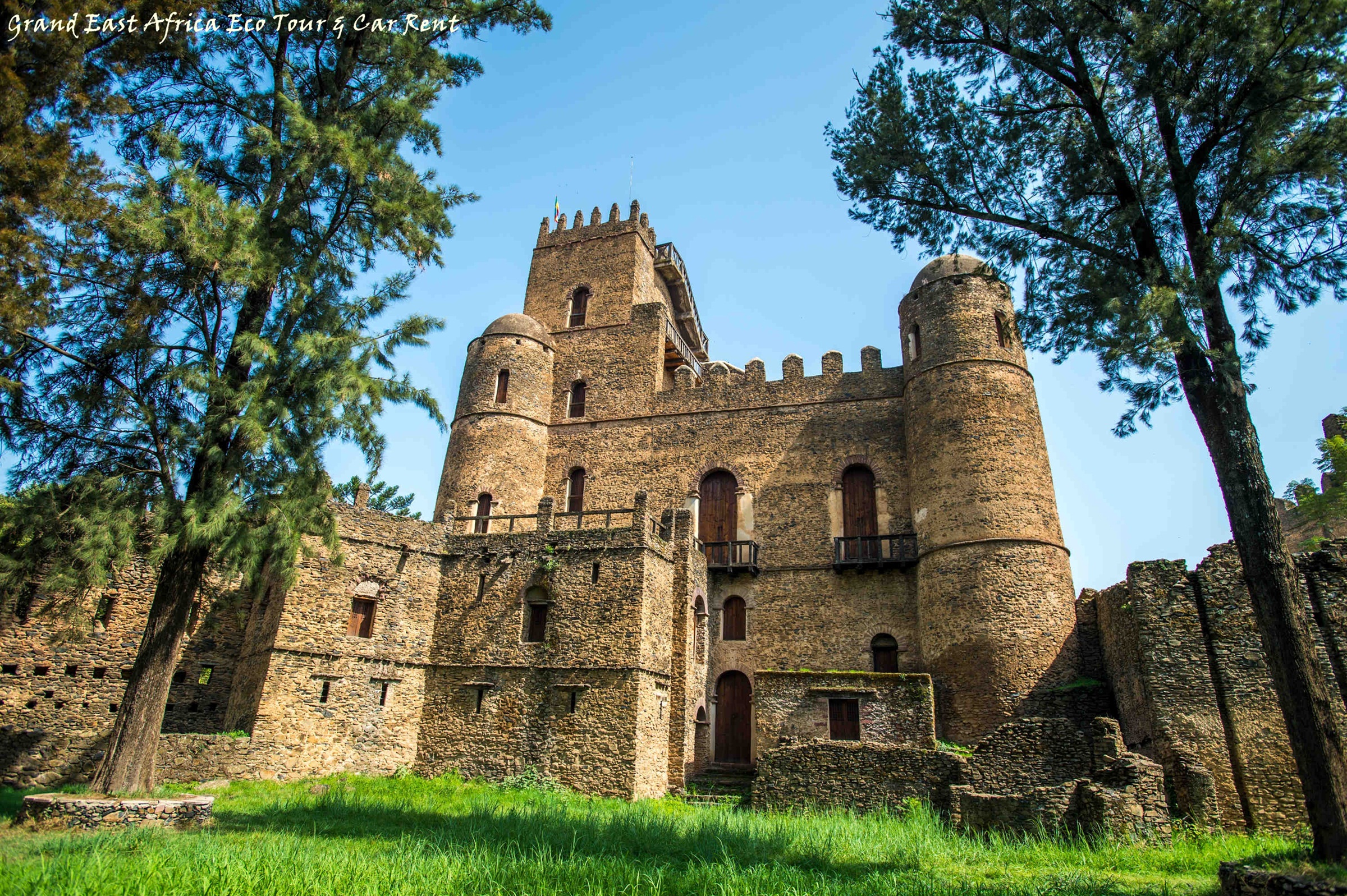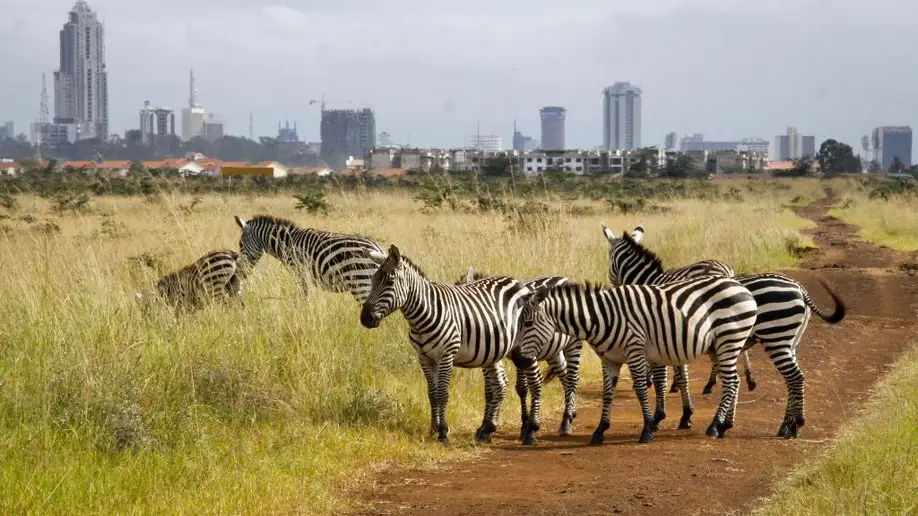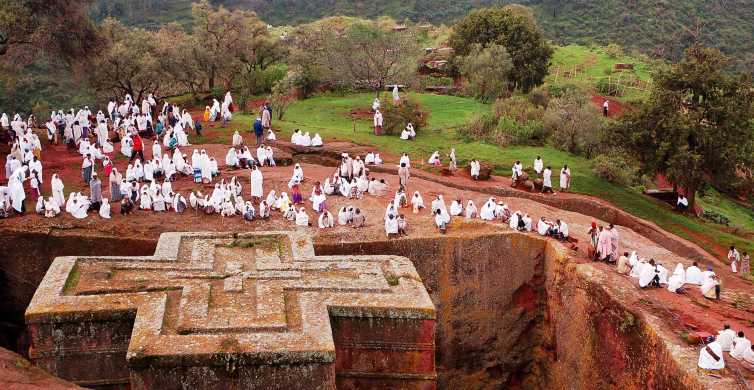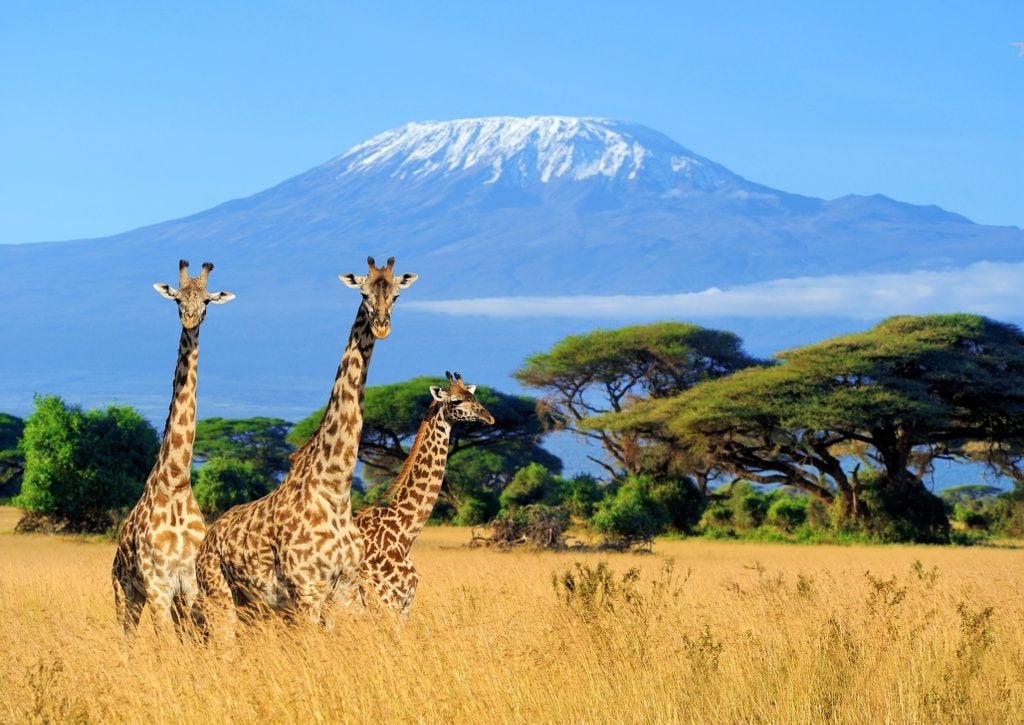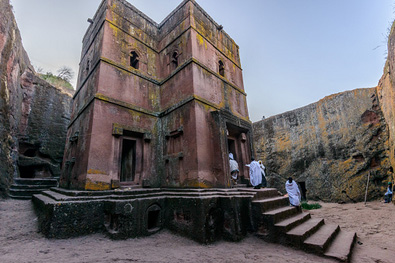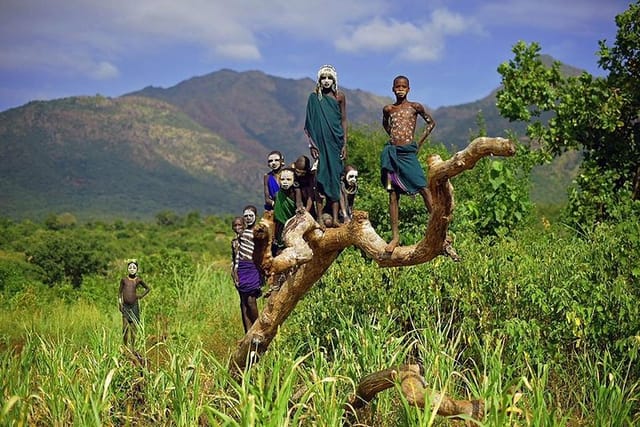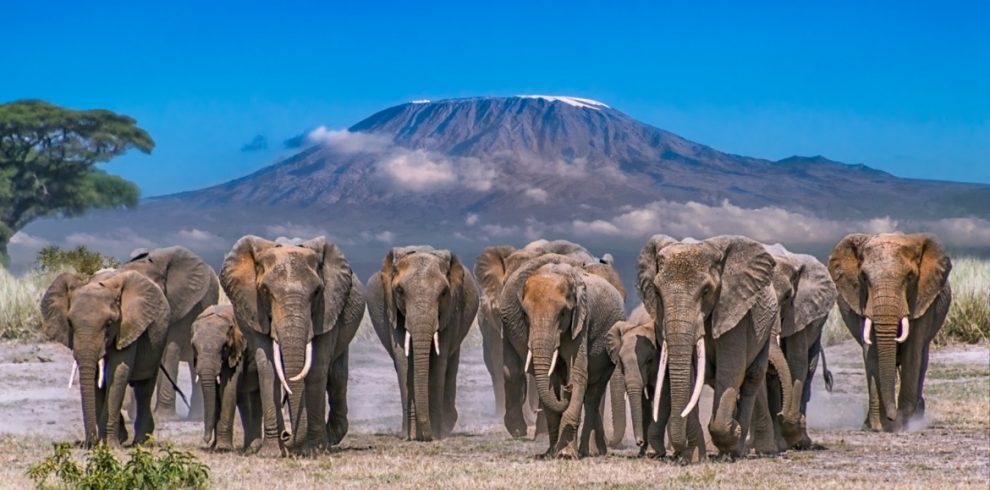Omo National Park
The Omo rivers divides Omo National Park from Mago National Park being on the West and East bank respectively in the lower Omo valley. The 406,800 wide park is about 140*60 KM with major landscape elements. The Omo river, the Maji mountains and the Sharum, Lilibai and Sai plains as well as three hot springs. As the park is crossed by a number of rivers lacking bridges, access is rather difficult and therefore little visited. While much of the park lies at about 800M, at the Southern border it drops off to 450 M. The highest peak in the Maji Mountains is 1.541 M. The Omo river is bordered with gallery forests. while away from the rivers, the plains vary from extensive open grasslands interspersed with woody Savannah and Shrub land vegetation.
The park has well over 300 species of birds. Belong to the Savannah ecosystem as well as riverine birds along the rivers. Includes Herons and Egrets, Kingfishers, Barbets, Chats and Thrushes, Wood packers, Pigeons, Shrikes, Warblers and Flycatchers.
Inhabitants of Omo National Park
The park is inhabited by quite a few tribal people. Surma, Mogudge. Dizi Bume peoples and Mursi crossing the Omo river from the east. Since these people are pastoral and hunter, have a severe impact on the wildlife populations of the park. There are hardly any overnight facilities. But a hunting camp along the high banks of the Omo, in Murle, now serves as a basic Safari lodge. Though, the park’s wildlife is depleted, it remains one of the most interesting national park. Because, it combines traditional peoples, basic wildlife and good birding at the same time.
